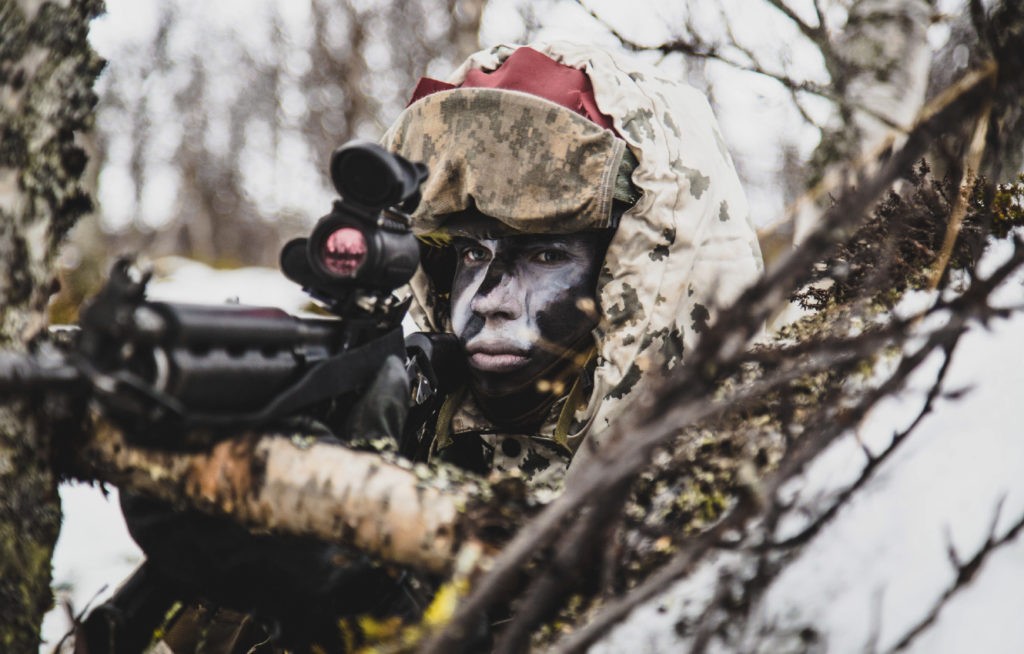
The Finnish Defence Forces (FDF) are modernizing their sniper training program by incorporating key lessons from the ongoing conflict in Ukraine, with plans to construct new long-range facilities and update training methodologies.
At the center of this initiative is the construction of a new 600-meter rifle range at the Hälvälä shooting sports centre near Lahti. According to Colonel Juhana Skyttä, Commander of the Armoured Brigade, the extended range is necessary for developing effective sniper capabilities.
"While initial training can occur at 150 to 300 metres, reaching proficiency requires practice at 600 metres," explained Skyttä. The current shortage of long-distance shooting facilities has created bottlenecks in sniper preparation.
The modernization effort also introduces "dynamic shooting" exercises, where trainees engage moving targets while mobile themselves. These scenarios, conducted at varying distances from point-blank to 150 meters, aim to build weapon handling skills and confidence under pressure.
The Hälvälä facility has seen substantial growth in usage, with annual shots fired increasing by one-third to over half a million. While civilian users represent the majority, military and national defence training has expanded considerably.
Environmental considerations play a key role in the modernization effort. The FDF has invested 25 million euros in bringing shooting ranges up to current environmental standards, implementing groundwater protection measures and noise reduction solutions.
Captain Pasi Suvitie, training area officer for the Armoured Brigade, noted that while protective structures have successfully reduced environmental impact, restrictions on large-caliber rifles remain due to noise concerns.
The new facilities will serve not only active military personnel but also reservists and other organizations. Funding for the 600-meter range comes from Parliament's designated "Christmas gift funds."
This comprehensive update to sniper training reflects Finland's commitment to maintaining modern defense capabilities while adhering to strict environmental regulations. The improvements position the FDF to meet both current training demands and future environmental challenges.